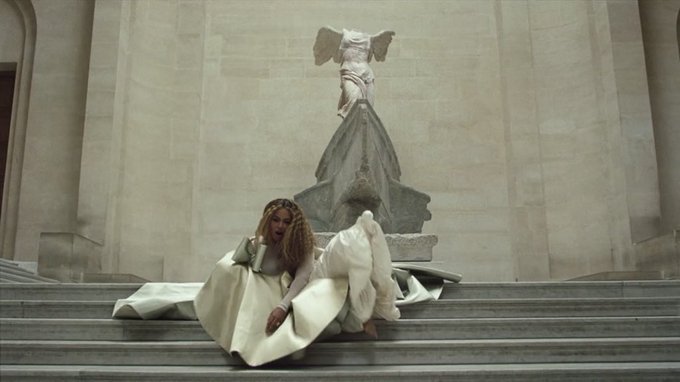The National Museum of African American History and Culture will acquire a significant portion of the archive of the Johnson Publishing Company, the publisher of Ebony and Jet magazines. The acquisition is pending court approval and the closing of the sale.

A consortium of foundations—the Ford Foundation, the J. Paul Getty Trust, the John D. and Catherine T. MacArthur Foundation, and the Andrew W. Mellon Foundation—is making this acquisition possible. The consortium will transfer the archive to the Smithsonian National Museum of African American History and Culture and the Getty Research Institute.

The archive, purchased at auction for $30 million, includes more than four million prints, negatives, and media that explored, celebrated and documented African American life from the 1940s and into the 21st century.
“It is a distinct honor for the museum to be invited to join the Getty Research Institute and other leading cultural institutions to safeguard and share with the world this incomparable collection of photographs,” said Spencer Crew, acting director of the National Museum of African American History and Culture.

“We applaud the generosity of the consortium of foundations that made this acquisition possible. And we pay homage to the vision of John H. Johnson and his commitment to bringing to the nation and the world, the story of the African American experience—in all its complexity and all its richness. Ebony and Jet were the only places where African Americans could see themselves. They were the visual record of our beauty, humanity, dignity, grace, and our accomplishments.

“Being the steward of the archive is an extraordinary responsibility, and we are humbled to play a critical role in bringing new life to these images. With the depth of its curatorial expertise and the technical skills in digitization, the Museum stands ready to marshall its forces to make this archive accessible to the widest possible audience. We are honored to work with our recipient colleagues to make this gift to the nation possible.”

The Museum has built a distinctive photography collection that includes more than 25,000 prints, negatives, and photographic materials. Photographers represented in the collection include Anthony Barboza, Cornelius M. Battey, Arthur P. Bedou, Bruce Davidson, Charles “Teenie” Harris, Danny Lyon, Jack Mitchell, Jeanne Moutoussamy-Ashe, Gordon Parks, P. H. Polk, Addison Scurlock, Lorna Simpson, Aaron Siskind, James Van Der Zee, Carrie Mae Weems, and Ernest Withers.
Read more about this acquisition on the Smithsonian website.



























































































































